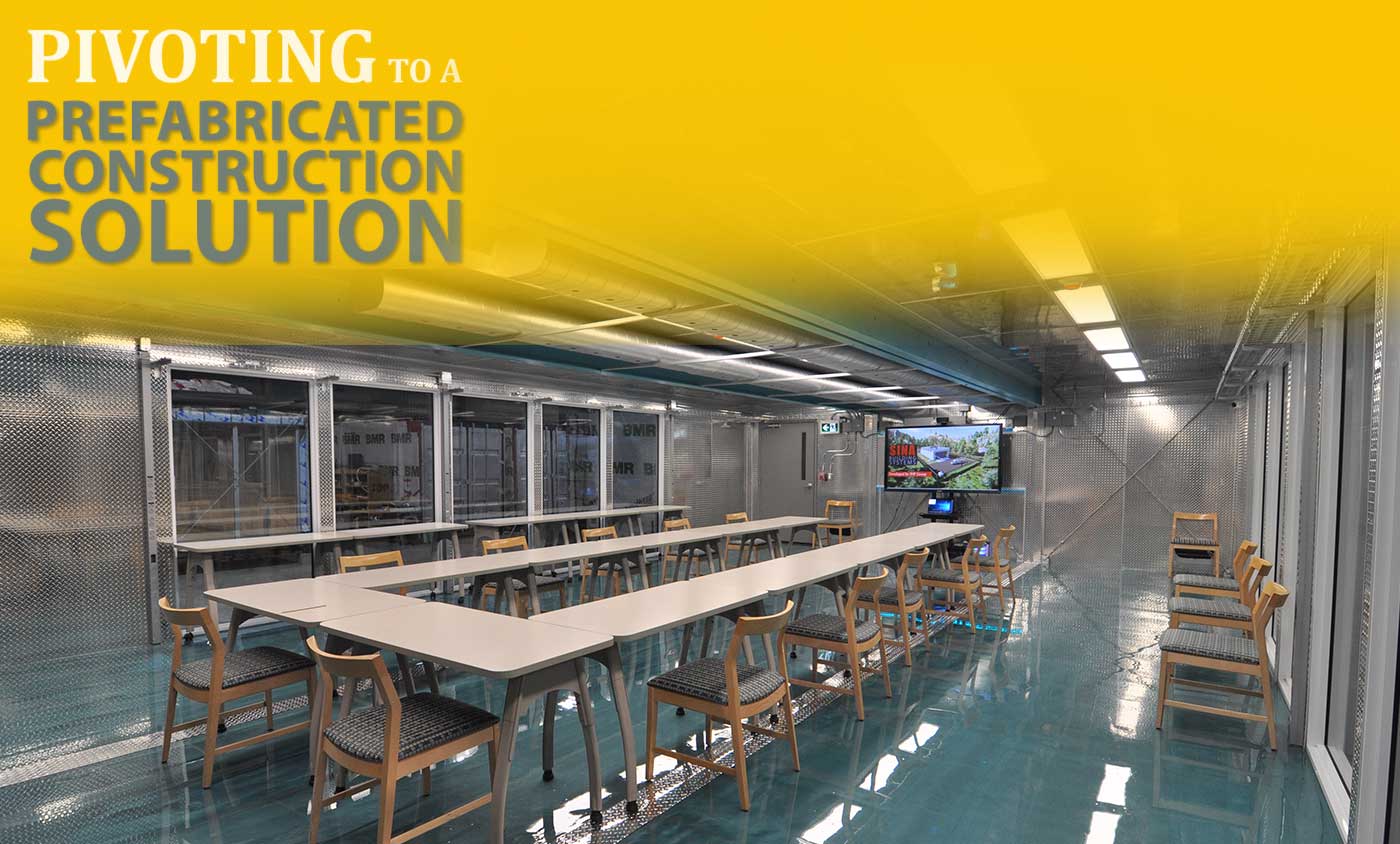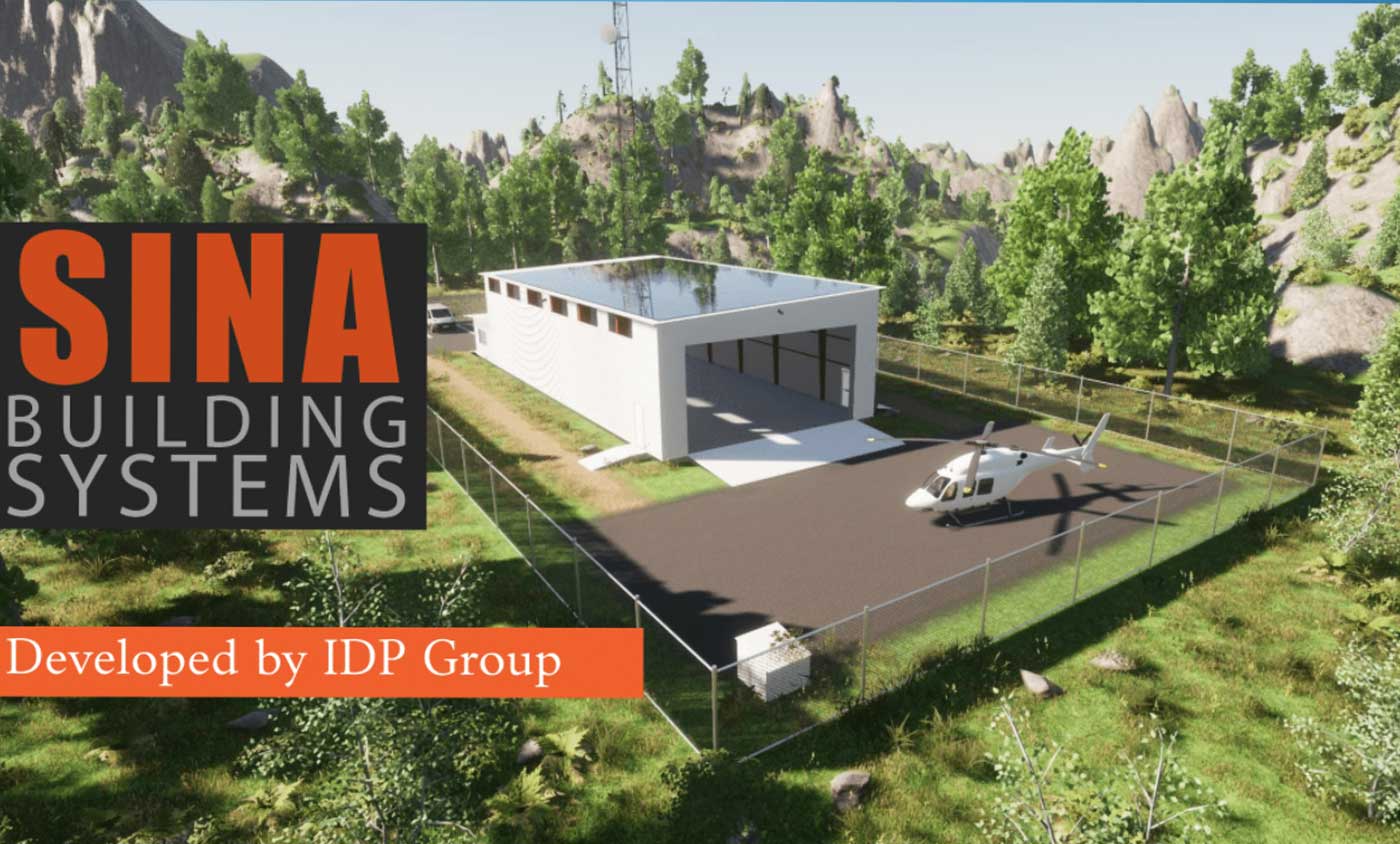Founded in 2001, the IDP Group consists of a collection of companies based in Chesterville, Ontario. While the firm continues to offer warehousing, logistics, furniture configuration, and asset management services, prefabricated construction is now central to the company’s mission.
“There is a long list of services that we provide, but our focus for the past while has been to grow the steel, prefabricated building business. That is currently the main source of revenue,” explains Asl.
The company operates from a sixty-five-acre property featuring twenty buildings with warehousing and storage space and a shipping bay. Some facilities at the property are now primarily devoted to steel, prefabricated construction work, aimed at a very specific clientele.
“Right now, our primary focus is government and remote and Indigenous communities. You could use our multi-storey product line in Toronto, but that is not where the need is the greatest, and we are focusing on where people need infrastructure solutions the most,” he says.
The company is putting the final touches on its first steel, prefabricated proiect-a 6,000-square-foot laboratory and classroom space for the Royal Canadian Navy (RCN). This facility features full reinforced steel core, negative and positive pressure HVAC systems complete with HEPA filtration throughout the entire building, a complex system of solar and wind energy as well as backup generators, pre-built reusable concrete foundation with adjustment capabilities, and epoxy-treated concrete ceilings and floors to enhance resiliency. The facility will be used by the navy for training purposes.
Another exciting potential project involves a steel fire monitoring station for use in Northern Ontario. If brush is cleared around the facility, the steel structure should be able to provide up to two hours of fire resistance while the exterior fire suppression system with remote triggered pumps can soak the outside of the building and surroundings to help minimize damage while the fire passes, states Asl. In a flash-fire of short duration, occupants of the station would remain completely safe with the internal fire safety chamber and clean agent fire suppression system.






